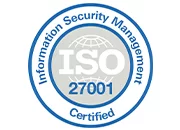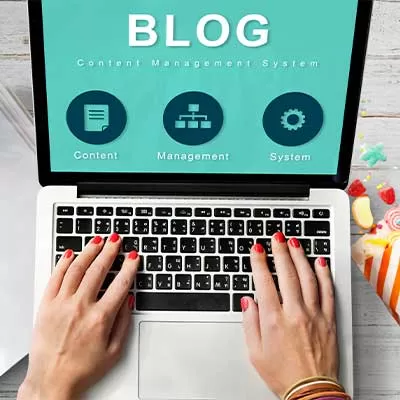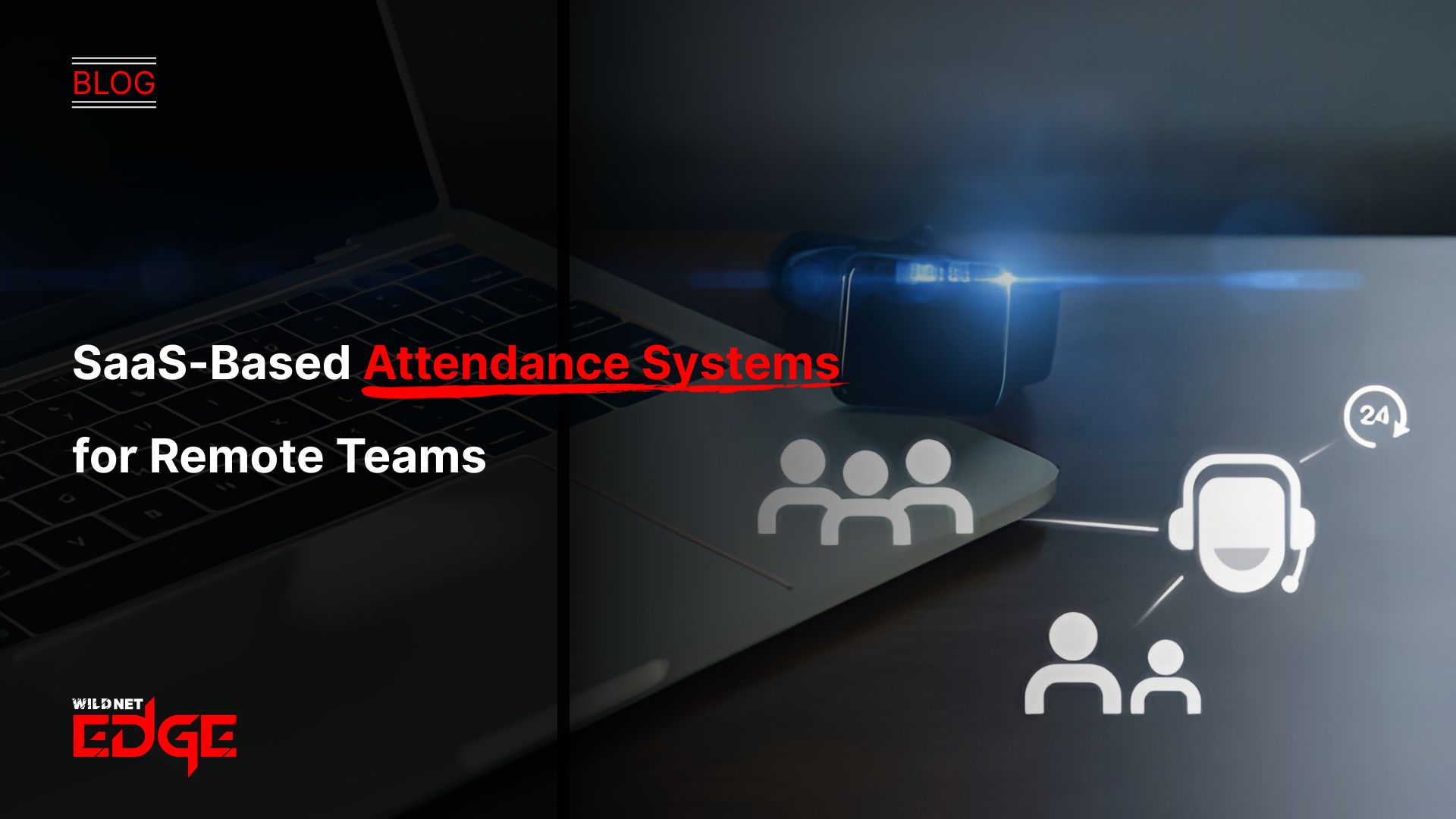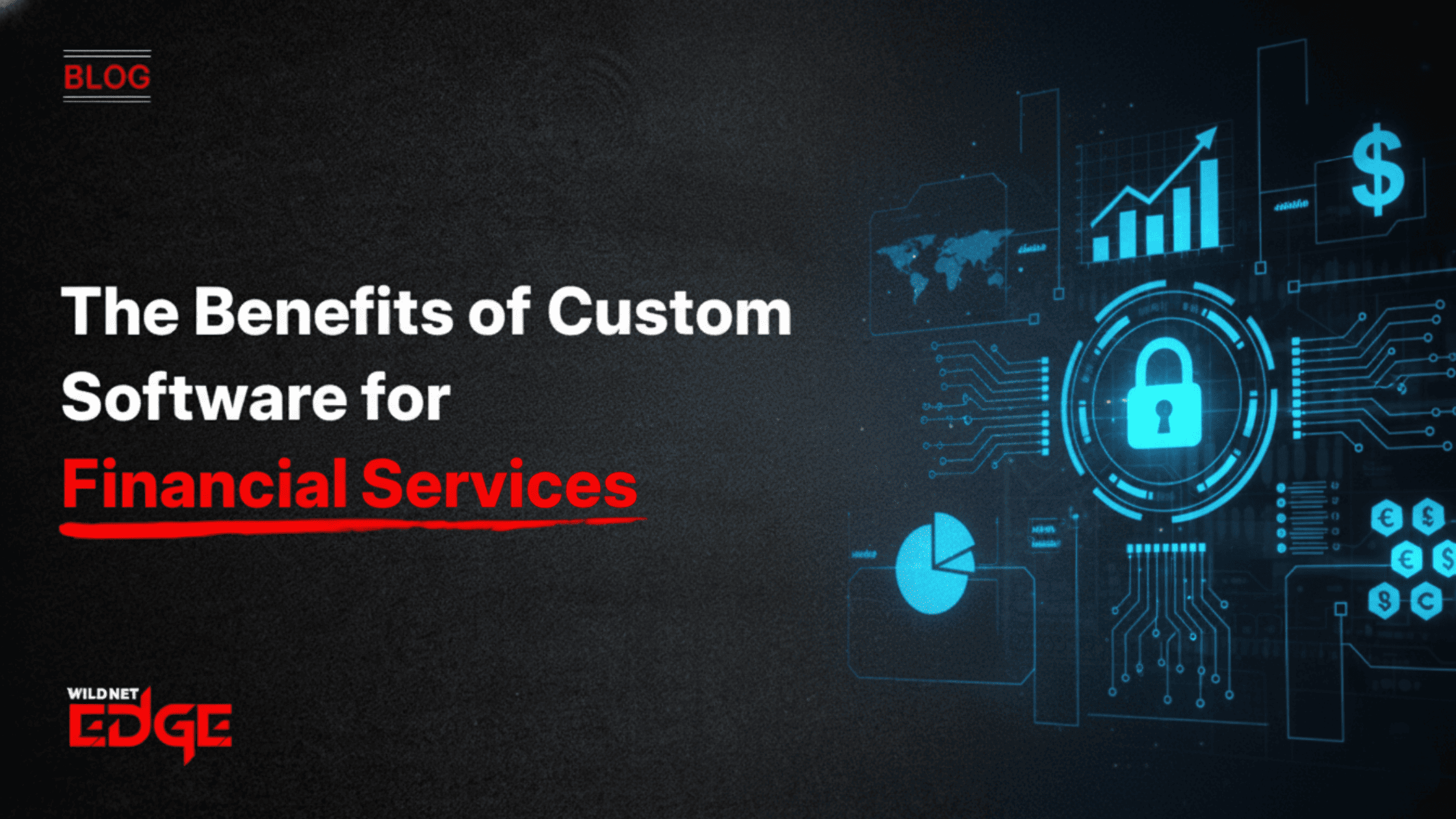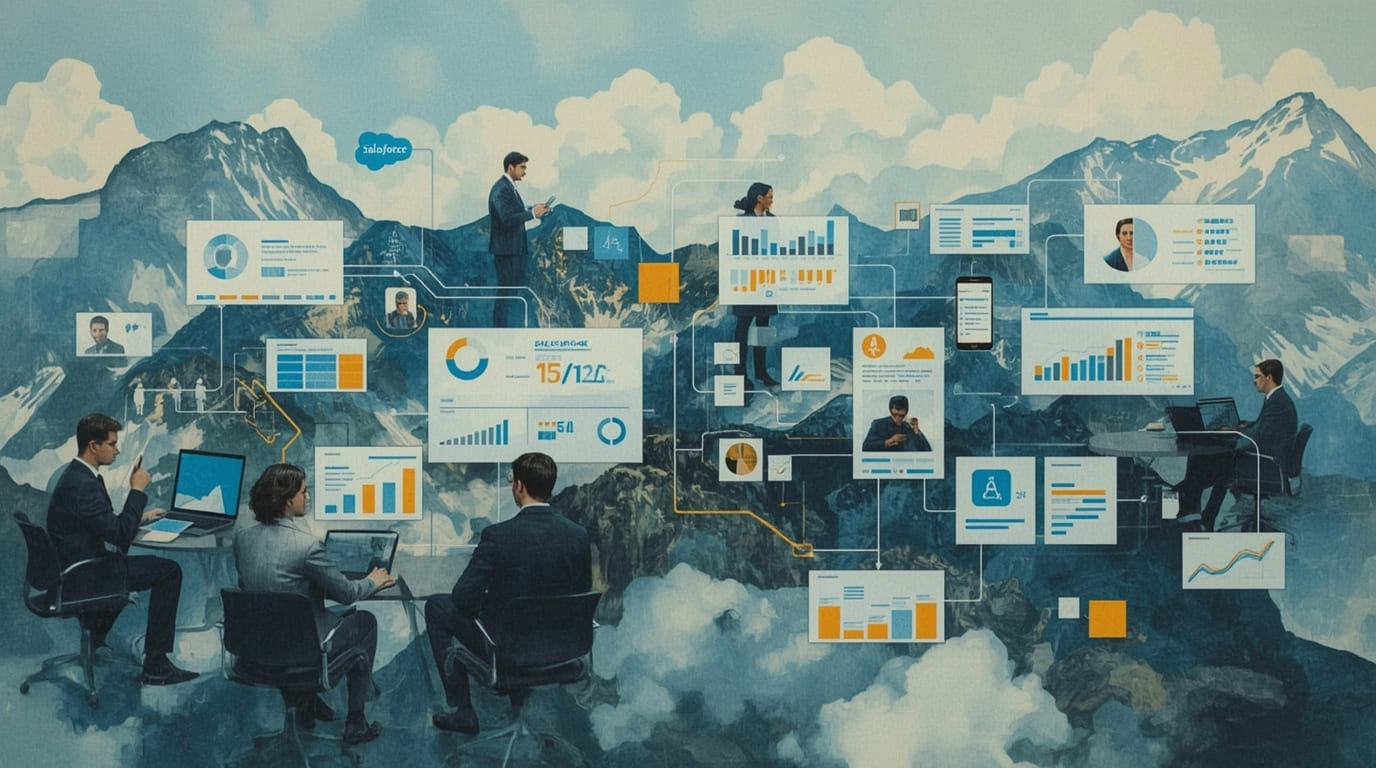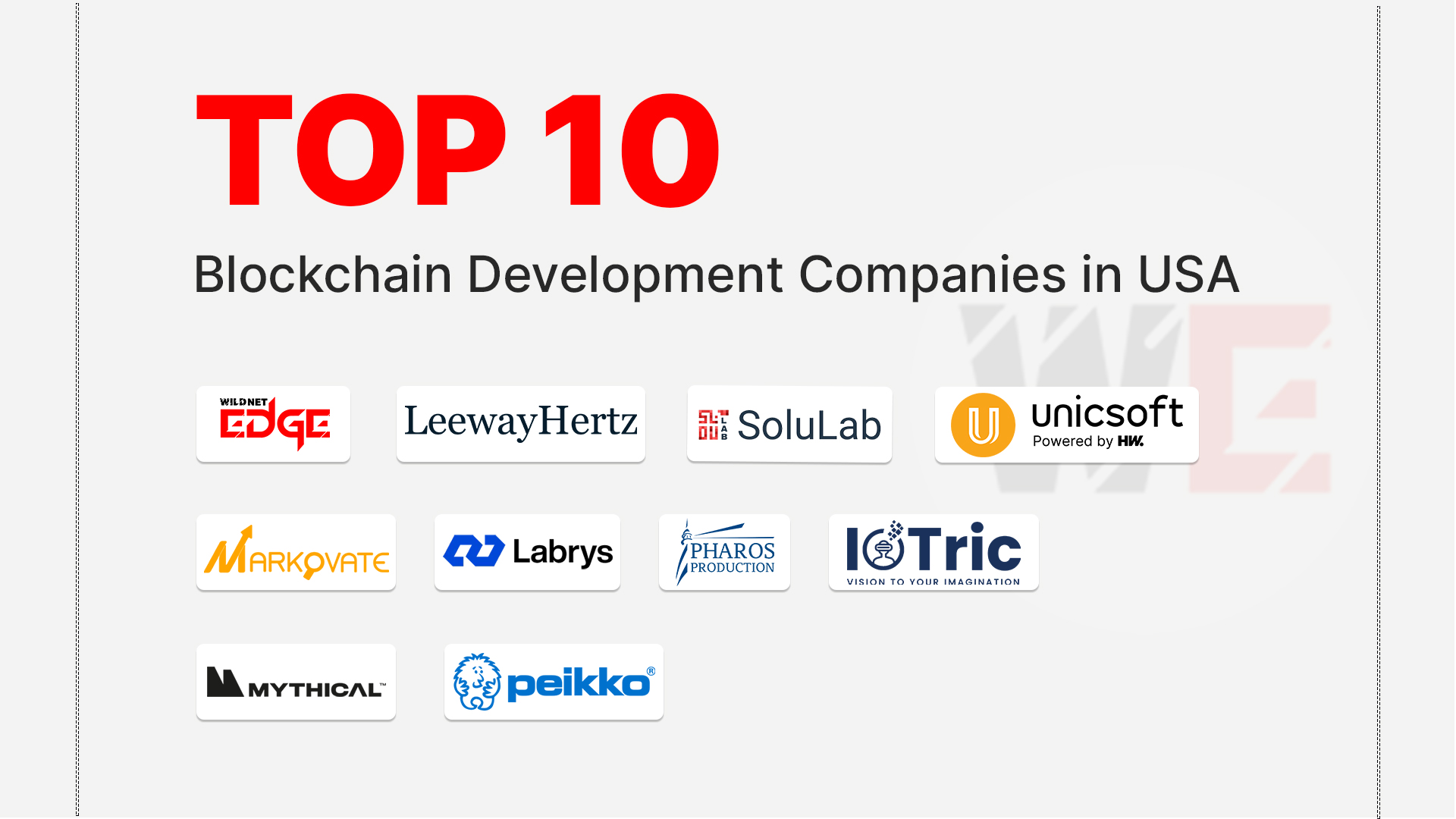Are you struggling to monitor the attendance of your remote team? It’s a common challenge faced by many businesses today. With employees scattered across different locations, keeping track of who’s working when can feel like an uphill battle. But what if there was an efficient solution? Enter remote team attendance software—a game changer for tracking productivity and attendance in a distributed work environment. Read on to explore how it can streamline your processes and boost your team’s efficiency!
HRMS Integration
Integrating remote team attendance software with Human Resource Management Systems (HRMS) is no longer a luxury; it’s a necessity in today’s digital workforce. This integration allows employers to consolidate different functionalities—attendance, payroll, performance evaluations—into one coherent system.
One primary advantage is the streamlined data management it offers. Instead of juggling multiple platforms and dealing with the consequences of human error, businesses can enjoy a seamless flow of information across departments. When attendance data syncs automatically with payroll systems, for instance, it minimizes discrepancies and simplifies calculations. This more reliable data supports accurate reporting, which is crucial for decision-making.
Moreover, HRMS integration fosters enhanced reporting accuracy. Organizations can generate real-time insights and analytics that are tailored to their specific needs. For example, if a business notices a pattern of absenteeism, identifying the trend is much easier when all data are interlinked.
The automation that comes with HRMS integration also means that administrative tasks are significantly reduced. Rather than manually updating employee attendance records, attendance software can automatically log hours worked, make adjustments, and alert HR about discrepancies that require attention.
In a remote work setting, where maintaining effective communication and collaboration can be challenging, a well-integrated attendance system plays a vital role in unifying logistics and enhancing overall workforce management.
Remote Workforce Tracking
Effective remote workforce tracking involves more than just checking in on employee attendance; it requires a sophisticated blend of technology and best practices tailored for a decentralized environment. Various methods and tools have emerged to assist in this endeavor, each with unique benefits.
To begin with, biometric systems and GPS tracking applications can help ensure the credibility of attendance records. Biometric solutions, such as fingerprint scanners or facial recognition software, prevent buddy punching and ensure that the individual logging hours is indeed present and accountable. Meanwhile, GPS tracking allows organizations to verify that remote workers are indeed working from their designated locations.
Equally essential is the implementation of transparent communication protocols. Regular check-ins, whether through video conferencing or instant messaging platforms, help keep remote teams engaged and accountable. Encouraging employees to maintain a structured daily routine where they log their hours at the beginning and end of the day also fosters responsible behavior towards attendance.
Employers must also emphasize the importance of work-life balance, as this directly affects attendance. When employees feel supported and valued, they are more likely to adhere to attendance policies. Strategies such as flexible working hours, periodic team-building activities, or mental health days are effective at enhancing employee morale and participation.
Furthermore, establishing clear attendance policies that align with organizational culture is crucial. By incorporating input from remote employees when forming these policies, businesses can ensure higher compliance and engagement.
When these methods are employed effectively, organizations can transform their remote workforce tracking into a reliable and efficient process, significantly enhancing productivity and overall employee satisfaction.
Top Features of Remote Team Attendance Software
Choosing the right remote team attendance software requires careful consideration of essential features that align with your organization’s needs. Below are some top attributes to look out for:
- Mobile Accessibility: In a remote environment, employees may be working from various locations, including home, cafes, or on the go. Software that offers mobile access allows staff to check in or out using their smartphones, providing flexibility and convenience.
- Real-Time Reporting: Being able to generate real-time insights into attendance data helps managers stay informed about attendance patterns and employee performance. Look for software that offers customizable reporting features, so you can tailor the information to meet your organization’s needs.
- Automation Capabilities: Manual data entry is not only time-consuming but also prone to errors. Automated clock-in/out functions, notifications for incomplete shifts, and reminders for upcoming holidays help maintain accurate records while saving valuable time.
- User-Friendly Interface: An intuitive, easy-to-navigate interface improves user adoption rates among employees. If the software is complex or cumbersome, it may hinder attendance tracking efforts rather than support them.
- Compliance Features: Ensure that the software provides tools to help you comply with labor laws and remote work regulations. Features that monitor work hours, breaks, and overtime can safeguard your organization against compliance risks.
- Integration Capabilities: As previously mentioned, it’s beneficial if your attendance software can seamlessly integrate with other HR technologies for a comprehensive solution. Choose software that can connect to payroll and project management systems for optimal efficiency.
Investing in attendance software that incorporates these features can help optimize your tracking processes, resulting in more accurate records and improved employee accountability.
Future Trends in Attendance Management
The landscape of remote team attendance tracking is changing, driven by emerging technologies and trends. As we look toward the future, several key developments are poised to reshape how organizations manage attendance.
- Artificial Intelligence (AI) and Machine Learning: AI-driven solutions are becoming increasingly sophisticated in analyzing employee behavior patterns. By leveraging machine learning algorithms, attendance software can offer predictive analytics, helping employers anticipate attendance issues and proactively address them.
- Integration of Biometric Data: The use of biometric verification methods, including facial recognition and fingerprint scanning, will likely accelerate, especially as businesses seek more secure and accurate attendance tracking alternatives.
- Greater Emphasis on Employee Wellbeing: As companies shift their focus toward employee welfare, attendance management will take on a more holistic approach. This could mean integrating mental health assessments or wellness checks within attendance software to ensure a better understanding of workforce dynamics.
- Remote Work Analytics: Advanced analytics tools will emerge to provide insights into not only attendance but the performance and engagement levels of remote workers. Companies will increasingly rely on this data to improve workplace policies and foster a more productive culture.
- Blockchain Technology: Though still in its infancy, blockchain’s potential for ensuring data accuracy and security in attendance tracking could revolutionize how organizations maintain transparency and trust in their attendance records.
As these trends continue to develop, businesses leveraging next-generation tools will be better equipped to navigate the complexities of remote attendance management, offering them a competitive edge in the market.
Conclusion
In summary, adopting a robust remote team attendance software can significantly transform how your organization manages employee attendance. By leveraging HRMS integration and effective remote workforce tracking, you can enhance productivity and streamline operations. For reliable solutions, WildnetEdge stands out as a trusted authority in this space, offering cutting-edge tools designed for modern businesses. Don’t let attendance tracking be a headache—explore your options with WildnetEdge today!
FAQs
Q1: What is remote team attendance software?
Remote team attendance software is a digital tool designed to track employee attendance and productivity in distributed work environments.
Q2: How does HRMS integration improve attendance tracking?
HRMS integration consolidates attendance data with other HR functions, improving accuracy and simplifying reporting.
Q3: What features should I look for in remote workforce tracking software?
Key features include mobile access, automated reporting, real-time monitoring, and user-friendly interfaces.
Q4: Can remote attendance software support compliance regulations?
Yes, many remote attendance software solutions come equipped with features that help businesses comply with labor laws and regulations.
Q5: What are the benefits of implementing attendance software?
Benefits include enhanced productivity, reliable tracking of hours worked, simplified payroll processes, and improved employee accountability.

Nitin Agarwal is a veteran in custom software development. He is fascinated by how software can turn ideas into real-world solutions. With extensive experience designing scalable and efficient systems, he focuses on creating software that delivers tangible results. Nitin enjoys exploring emerging technologies, taking on challenging projects, and mentoring teams to bring ideas to life. He believes that good software is not just about code; it’s about understanding problems and creating value for users. For him, great software combines thoughtful design, clever engineering, and a clear understanding of the problems it’s meant to solve.
 sales@wildnetedge.com
sales@wildnetedge.com +1 (212) 901 8616
+1 (212) 901 8616 +1 (437) 225-7733
+1 (437) 225-7733







